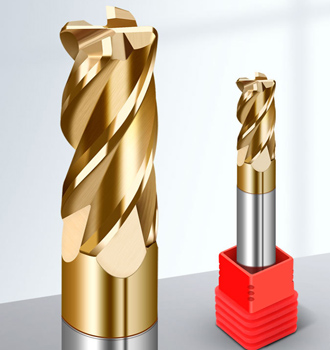O-ring is a common sealing element with a circular cross-section shape, which has many excellent characteristics and applications. This article will introduce O-ring from the aspects of material selection, structural characteristics, sealing principle, and application fields.
1、 Material selection
The material selection of the O-ring is very important, which directly affects the sealing effect and service life. Common O-ring materials include rubber, silicone, nitrile rubber, fluororubber, etc. Among them, rubber materials have good sealing performance and wear resistance, and can adapt to various working environments.
2、 Structural characteristics
The cross-sectional shape of the O-ring is a circular ring, with sealing surfaces on the inside and outside, respectively. Its structural characteristics are mainly reflected in the following aspects:
1. Flexibility: The O-ring has a certain degree of elasticity and can adapt to different sizes and shapes during compression and extension.
2. Hardness: The hardness of O-rings is usually between 50 and 90, and O-rings with different hardness are suitable for different working conditions.
3. Dimensional accuracy: The dimensional accuracy of the O-ring is required to ensure a good fit with the sealing surface and achieve the best sealing effect.
4. Wear resistance: O-ring usually withstands certain friction and wear, so the wear resistance of the material is crucial for its service life.
3、 Sealing principle
The sealing principle of O-ring mainly relies on its coordination with the sealing surface to form a sealing barrier, preventing medium leakage or external impurities from entering. The sealing effect is influenced by the following factors:
1. Compression deformation: The O-ring will be compressed and deformed during installation, creating a certain pressure between it and the sealing surface, thereby achieving sealing effect.
2. Pressure difference: The pressure difference of the medium will have an impact on the sealing performance of the O-ring, and a larger pressure difference will increase the deformation of the O-ring, thereby improving the sealing effect.
3. Temperature change: The change in temperature can cause a change in the volume of the O-ring, thereby affecting its sealing effect. Reasonable selection of materials can improve the temperature resistance of the O-ring.
4、 Application field
The application of O-ring is very extensive, almost involving various industries and fields. Here are a few common application areas:
1. Automotive industry: O-ring is widely used in automotive engines, transmission systems, hydraulic systems, and other parts, playing a sealing and leak proof role.
2. Mechanical equipment: O-ring is widely used in sealing parts of mechanical equipment, such as pumps, valves, cylinders, etc., to ensure the normal operation of the equipment.
3. Medical devices: O-rings play a sealing and leak proof role in medical devices, such as syringes, infusion sets, etc.
4. Metallurgical industry: O-ring is applied to sealing parts in metallurgical equipment, such as high-temperature furnaces, high-pressure vessels, etc.
5. Electronics industry: O-ring is widely used in electronic products, such as mobile phones, tablets, etc., playing a dustproof and waterproof role.
O-ring is a sealing element with a circular cross-section shape, characterized by flexibility, hardness, dimensional accuracy, and wear resistance. Its sealing principle is to form a sealing barrier by cooperating with the sealing surface to prevent medium leakage or external impurities from entering. O-ring has a wide range of applications in the automotive industry, mechanical equipment, medical devices, metallurgical industry, and electronic industry. When selecting and using O-rings, it is necessary to choose appropriate materials and sizes based on specific working conditions and requirements to ensure their good sealing effect and service life.


















